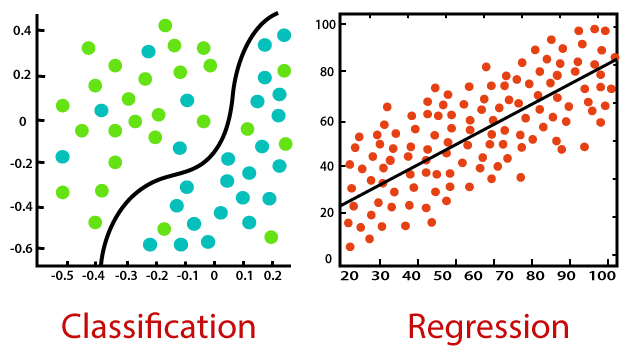Machines that Learn: A Deep Dive into AI/ML Models and Algorithms

Figure 1: AI/ML Algorithm organising data
Artificial intelligence (AI) and machine learning (ML) can be used to pull insights out of huge volumes of information quickly and efficiently. AI/ML can also give machines the ability to process information similar to the way humans do.
AI/ML can perform recognition and classification, predictive analytics, natural language understanding, and other tasks that are difficult or impossible to accomplish with traditional computing.
These capabilities lead to an impressive variety of use cases: voice recognition, autonomous driving, epidemiology, pharmaceutical design, software coding, financial trading, and more.
Neural network models
These are all vastly different tasks that rely on different mixes of capabilities. Inspection equipment, for example, relies on recognition and classification to find defects in everything from mechanical parts to semiconductors. AI/ML analysis can indicate if the distribution of defects is truly random or if there is a pattern that suggests a specific problem in the manufacturing process.
Just as use cases are not homogeneous, neither are AI/ML systems. Different AI/MLs operate on entirely different models.
Every AI/ML is a neural network. There are many types of neural networks, and the types are commonly referred to as learning models. Examples include convolutional-, recurrent-, and spiking neural networks (CNNs, RNNs, and SNNs, respectively). Read more on multiple models for implementing neural networks in our article Parsing AI: A Glossary of AI Concepts.
AI algorithms
Meanwhile, there is a set of algorithms – techniques and processes – that any given neural network will execute to perform any given workload. Any given algorithm or set of algorithms might be more closely associated with any given neural network learning model.
And of course, there is often more than one way to create an AI/ML for any given workload, depending on the usual set of engineering considerations. That said, the following will apply more often than not.
Predictive analytics
Predictive analytics takes a statistical approach to calculating future outcomes. Examples include activity in a stock market or trends in retail. AI/ML performing predictive analytics improves data mining and refines predictions. Relatively simple decision trees can be used, but linear regression models are commonly employed.
Classification
Classes are whatever distinctions are needed by the AI/ML application to perform its function. An AI/ML for a security camera will need to classify objects as animate or inanimate, for example. There is disagreement on how many classification models there are. No source cites any fewer than four, and some list as many as a dozen. A list of those commonly cited includes logistic regression, support vector machine (SVM), k-nearest neighbour (KNN), and naive Bayes. Classification is strongly associated with supervised learning, which is characterised by the use of formatted and often labelled data.
Regression
Regression techniques make it possible to explore the relationships between one specific variable and a set of other variables. Examples include predicting the weather, or the dynamics of a specific market or entire economies. Variations of regression algorithms include linear regression, polynomial regression, support vector regression (SVR), decision tree regression, random forest regression, ridge regression, and lasso regression.

Figure 2: Classification and regression are considered to be opposites. The goal of classification is to decide either/or, to determine whether any result should be considered one thing or another. Regression, meanwhile, aims to determine how close a result is to an expected outcome. (Source: Javatpoint)
AI/ML deployments
It will always be the case that any AI/ML workload could be performed by variable combinations of neural networks employing different algorithms.
Where any given AI/ML will end up residing – in the cloud, on-premise, or at the network edge – will have additional ramifications for how it will be implemented, in terms of processing power and amount of memory available. An app that operates at the network edge is very likely to be considerably more resource-constrained compared to apps resident in the cloud or in an on-prem compute cluster, for a number of reasons.
Where a neural network is deployed can affect how it is implemented. Learn more in our article Location, location, location.
In short, the requirements for any given AI application are likely to differ from the requirements of any other, and will merit its own configuration. Fine-tuning between hardware, software and machine learning algorithms, is crucial for a successful implementation of AI/ML tasks.
Using the right data sets, tools and hardware components, will reduce development time and risk. Avnet Silica focuses on different machine learning technology areas and provides state-of-the-art machine learning solutions close to end customer applications in order to simplify the deployment of customer solutions in different key markets.
With a dedicated team of field application engineers, design solution engineers and sales people, the engagement with Avnet Silica results in delivering complete end-to-end solutions with support for:
silica content library/home/solutions/technologies/artificial-intelligence-machine-learning/applying-machine-learning/ai-ml-models-and-algorithms2/main body (lc)
Main body (LC)


